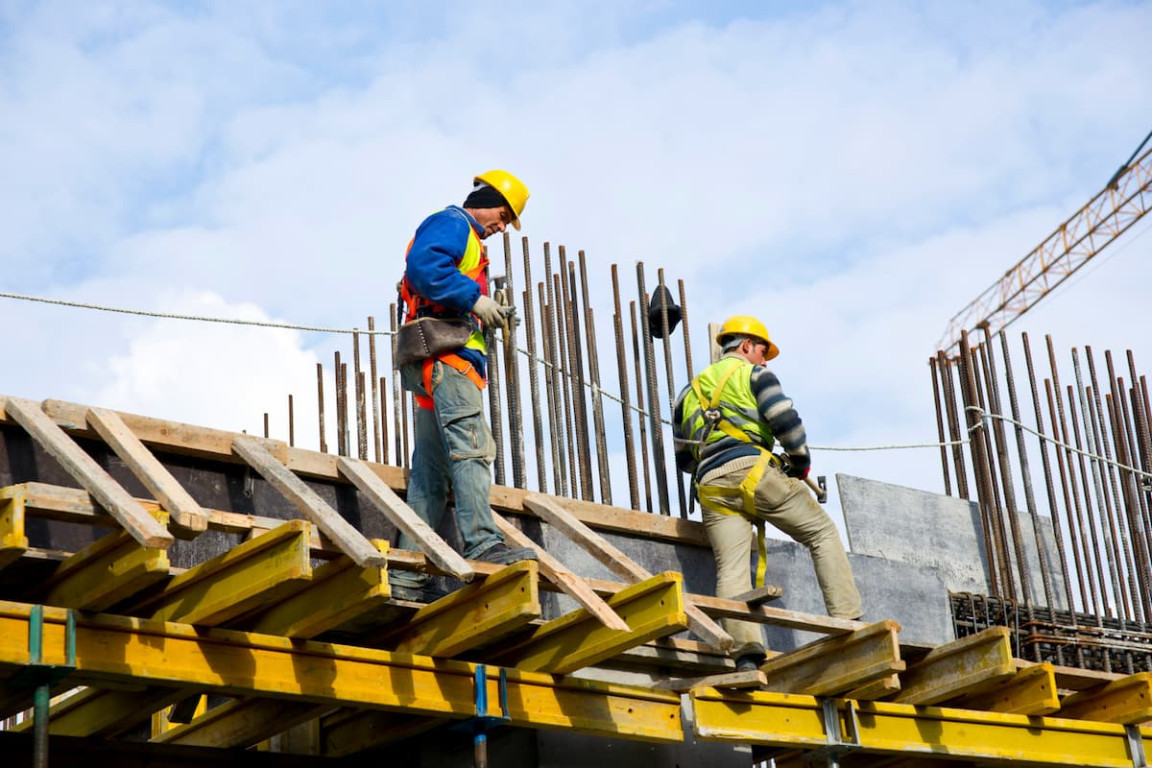Purchasing a home is not just about finding a place to live; it’s also a major financial decision. Whether you’re a first-time buyer or an experienced investor, knowing how to spot a good investment is crucial. If you’re looking at houses for sale with an eye toward making a smart investment, there are several key factors to consider. The right home can provide both personal enjoyment and strong returns down the road. Let’s explore how to spot a good house investment and make choices that will pay off in the long term.
What Makes a House a Good Investment?
A good house investment is one that will appreciate in value over time and provide a solid return on your investment. There are numerous factors that contribute to this, but at its core, finding house investment opportunities is about locating properties that have the potential for growth. Whether it’s through renovations, future development in the area, or simply buying in an up-and-coming neighborhood, a great investment property offers more than just a place to live.
Spotting a good house investment isn’t always easy, especially for those new to the market. But with some knowledge and careful planning, you can maximize your investment potential. Here’s how to get started.
1. Location, Location, Location
When it comes to finding house investment opportunities, the location is always the first thing to consider. No matter how attractive a home might seem, if it’s in a less-than-ideal area, it might not offer the same long-term benefits. Popular neighborhoods with easy access to public transport, schools, parks, and shopping areas tend to hold their value better over time. Proximity to future developments—like new schools, shopping centers, or infrastructure projects—can also increase the value of a property significantly.
In particular, areas that are experiencing growth or revitalization are prime spots for investment. Look for neighborhoods where other buyers are beginning to take an interest. These areas often offer properties at lower prices that are expected to appreciate as the area improves. Over time, this can translate into substantial returns on your initial investment.
2. Home Condition and Potential for Improvement
When evaluating homes for investment, it’s essential to consider the condition of the property. A good house investment often has potential for improvement or renovation. Homes that need cosmetic upgrades, such as a fresh coat of paint, new flooring, or kitchen upgrades, can be a fantastic opportunity to increase the property’s value without breaking the bank.
However, be cautious with homes that have more serious structural issues, such as foundation problems, extensive water damage, or outdated electrical systems. These repairs can quickly add up, diminishing the overall return on investment. It’s important to have a professional home inspection to assess the true condition of the property before committing to the purchase.
For those willing to invest time and money into renovations, these types of properties may be ideal. The key is knowing what you can change and what you cannot. For example, you can’t change a property’s location or the overall size of the lot, but you can renovate the interior to better match market demand.
3. Market Trends and Future Growth
Before purchasing a property, always research local market trends. House buying for good return requires an understanding of how the market is performing and where it’s headed. If the market is currently experiencing a downturn, it might be wise to hold off on purchasing unless you’re able to find a deal well below market value. On the other hand, if the market is booming, it may be the perfect time to buy.
One of the most important aspects of spotting a good investment is identifying areas with strong future growth potential. Is the city planning to build new infrastructure? Are there signs of new businesses or residents moving into the area? This kind of growth tends to drive property values up, providing a profitable return on investment.
Always be cautious of areas with too much volatility or that are overly dependent on one industry. These areas can see rapid growth, but they can also experience sharp declines if the market or industry changes. Diversified neighborhoods with a stable job market are typically better long-term investments.
4. Rentability and Cash Flow Potential
If you’re considering purchasing a home as an investment property, think about its potential for rental income. One of the most reliable ways to profit from investment homes for sale is through renting out the property. Research rental rates in the area to gauge how much you could expect to earn on a monthly basis. Does the property’s potential rent cover the mortgage payments, property taxes, and maintenance costs? If the property is likely to generate positive cash flow, it’s a good sign that it’s a sound investment.
Even if you don’t plan to rent out the property right away, it’s wise to consider the potential rentability in the future. A home that can easily be rented out will provide more flexibility and return in the long run, especially if you ever decide to move or sell.
5. Comparable Sales and Property Value Trends
A vital part of the due diligence process is comparing the house you’re interested in with similar properties that have recently sold in the area. This will give you an idea of whether the asking price is reasonable and what kind of return you can expect. Be sure to consider both the square footage and amenities offered by comparable homes. If a property is priced significantly higher than similar homes, it may not offer the best return on investment unless there is a compelling reason (e.g., unique features or exceptional location).
Looking at long-term property value trends is also important. Is the area’s property value consistently increasing, or does it fluctuate wildly? Consistent, gradual growth is often a sign of a stable market, which is more likely to provide good returns over time.
Final Thoughts
Knowing how to spot a good house investment is about combining research, foresight, and a little bit of risk. By focusing on factors like location, potential for improvement, market trends, and rental income possibilities, you can maximize the chances of your investment paying off. Whether you’re looking for a fixer-upper or a turnkey property, always do your homework before making a purchase. With the right strategy and approach, the best houses for sale can become lucrative assets that grow in value year after year. Keep these investment homes for sale tips in mind, and your next property could be the key to securing a profitable future.



:max_bytes(150000):strip_icc()/__opt__aboutcom__coeus__resources__content_migration__mnn__images__2018__03__shutterstock_1051823762-0b00dcf9cd99473cabaff5546d745b0a.jpg)